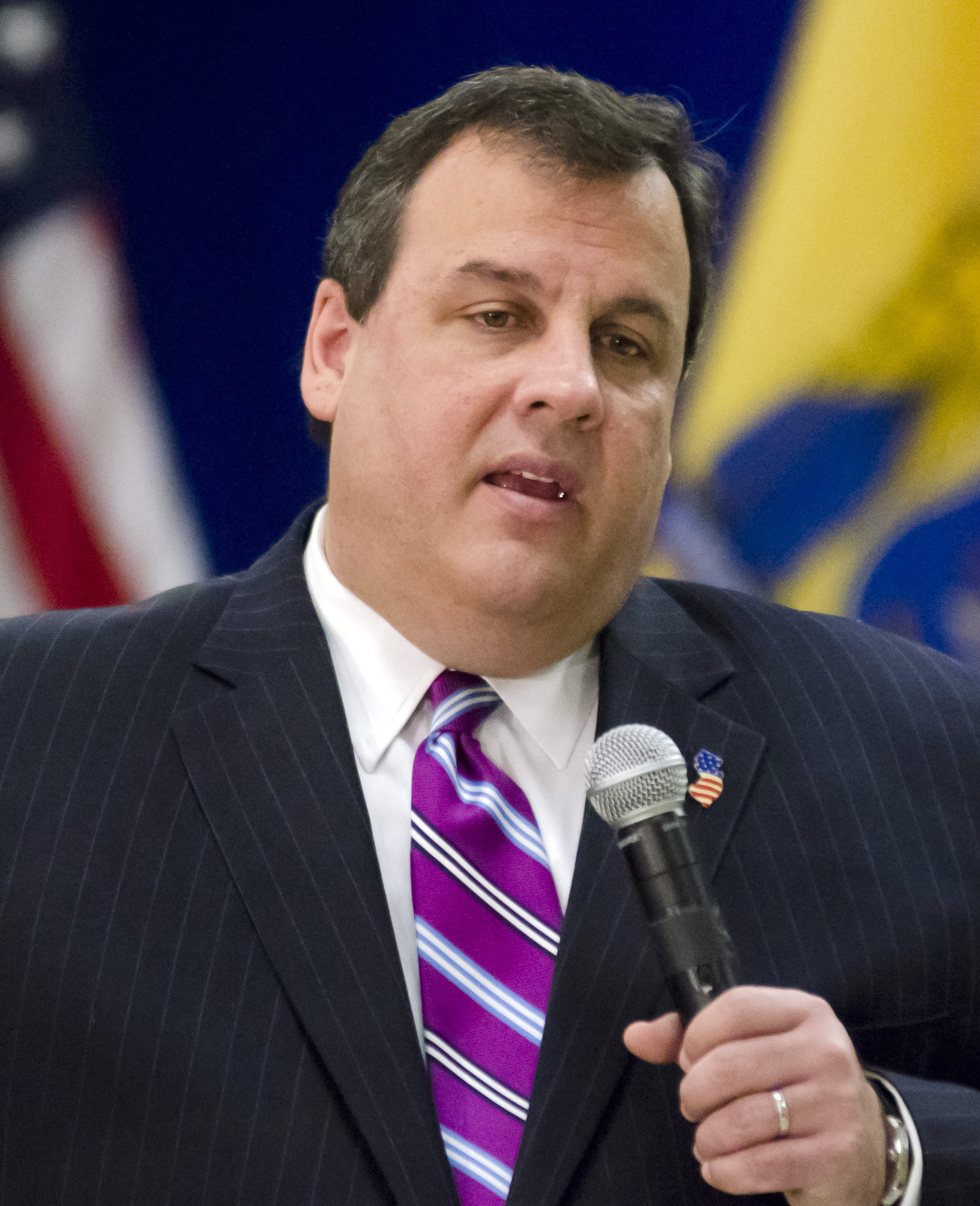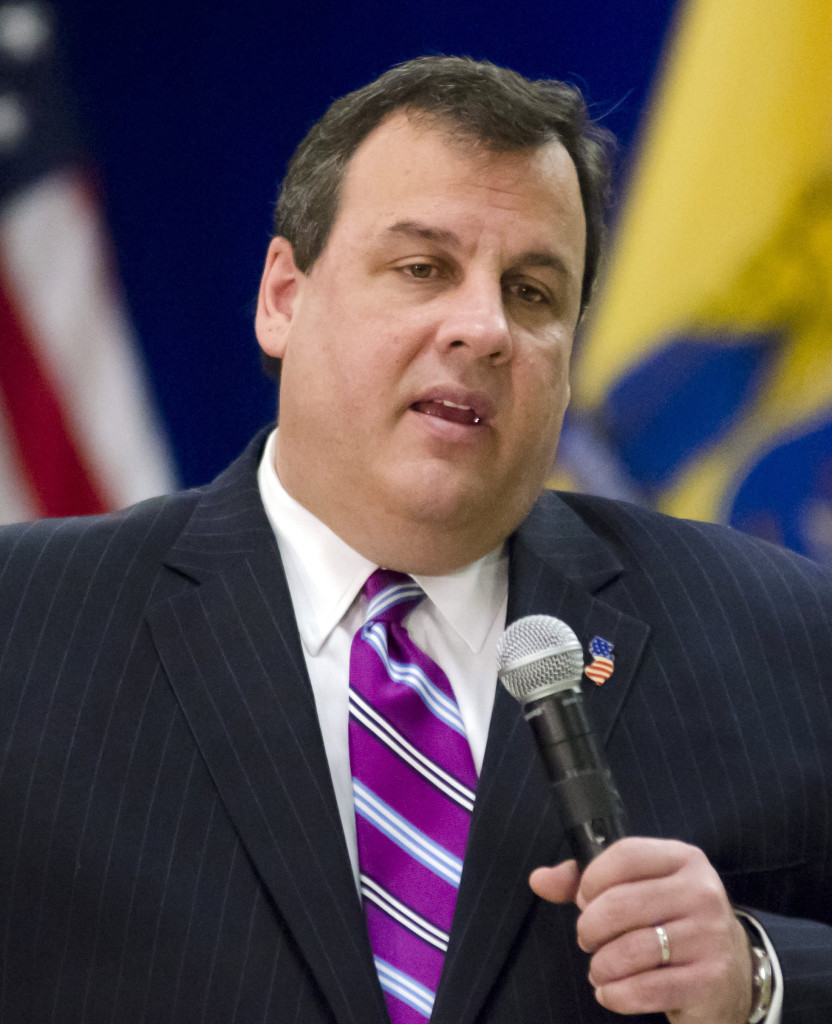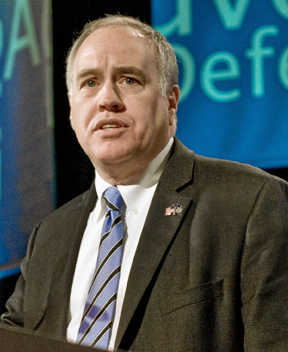
Leo Kolivakis is a blogger, trader and independent senior pension and investment analyst. This post was originally published at Pension Pulse.
Dan Davies, a senior research adviser at Frontline Analysts, wrote a comment for The New Yorker, Is Wall Street Really Robbing New York City’s Pension Funds?:
Most any fee, even a fraction of one per cent, will come to look big if it’s multiplied by tens of billions of dollars. So when New York City Comptroller Scott Stringer wanted to make a point recently about the fees the city’s public-sector pension system had paid to asset managers between 2004 and 2014, he didn’t have to work very hard to find an outrageous number. Over the past ten years, New York City public employees have paid out two billion dollars in fees to managers of their “public market investments”—that is, their securities, mainly stocks and bonds. Gawker captured the implication as well as any media outlet with its headline: “Oh My God Wall Street Is Robbing Us Blind And We Are Letting Them
Stringer’s office was barely more restrained, sending out a press release that called the fees “shocking.” The comptroller also issued an analysis that spelled out the impact of fees on the investment returns of the five pension funds at issue: those of New York’s police and fire departments, city employees, teachers, and the Board of Education. Though the comptroller didn’t specify which firms had managed the funds, they were likely a familiar collection of financial-industry villains. “Heads or tails, Wall Street wins,” Stringer said.
The rhetoric tended to brush past the fact that the pension funds didn’t actually lose money. In the analysis, their performance was being measured relative to their benchmarks, essentially asking, for every different class of asset, whether the funds performed better or worse than a corresponding index fund would have. For reasons unclear, the city’s pension funds have been recording their performance without subtracting the fees paid to managers, but the math shows that New York City’s fund managers outperformed their benchmarks by $2.063 billion across the ten-year period under review, and charged $2.023 billion in management fees.
Compared with the average public pension fund’s experience on Wall Street, this is actually, frighteningly, pretty decent. All too often, when researchers investigate pension-fund performance, they find that management fees have eaten up more than any outperformance the managers have generated. A study published in 2013 by the Maryland Public Policy Institute concluded that the forty-six state funds it had surveyed could save a collective six billion dollars in fees each year by simply indexing their portfolios.
I covered the institutional-fund-management industry as an analyst for ten years, and was never given specific information on the pricing of individual deals, but I would estimate, based on the growth of the funds from 2004 to 2014, the variance in the market (especially the crash of 2008), and the total fees, that New York City paid, on average, about 0.2 per cent, or what a fund manager would call “twenty basis points.” You would expect the trustees of such a large portfolio to strike deals on fees, and indeed twenty basis points is much lower than the average paid to managers of most actively managed mutual funds (between seventy-four and eighty basis points, according to the Investment Companies Institute). It is still far more, though, than the five basis points charged by the Vanguard index tracker fund to large institutional investors.
For extremely large pools, fees for equity funds tend to be between twenty and twenty-five basis points, and those for fixed-income funds potentially reach into the high single digits. New York’s pension portfolio is large and mature, so it ought to have a relatively high fixed-income weighting, which means that the city was probably paying too much. The fact that the funds were reporting their returns with the fees included shouldn’t fill the city’s public pension holders with confidence that the tendering and monitoring process was very sharp, either—$2.063 billion, gross of fees, is an inflated way of presenting the actual gains of forty million dollars, net of fees.
The bigger question is whether New York, and other places dealing with large public pension funds, ought to be paying these kinds of fees at all. The safest alternative, per the Maryland study, would be to index the pension funds at, say, five basis points. Following the presentation used by Stringer, this would mean, with close to certainty, that over a ten-year period New York City’s pension funds would pay five hundred million dollars to Wall Street and get no outperformance—a net cost of five hundred million dollars. A second possibility would be to keep the same fund managers and try to bargain down the fees, say to fifteen basis points. From 2004 to 2014, that would have meant one and a half billion dollars of fees paid for two billion dollars of outperformance, a net benefit of five hundred million dollars. But there would be no guarantee of outperformance in the future, and a considerable risk of underperformance.
There is a third possibility, one that Stringer’s office, in its disdain for Wall Street, might well be considering. To provide a little perspective, if the city’s pension pool were a sovereign wealth fund, its current value—a hundred and sixty billion dollars—would make it the twelfth biggest in the world, just below Singapore’s Temasek and quite a ways above Australia’s Future Fund. When you’re that big, it’s fair to ask why you’re paying external managers at all. (It’s sure not like New York City lacks fund managers to hire.) The Ontario Teachers’ Pension Plan, which is roughly the same size, carries out nearly all of its fund management in-house, and historically it has seen very good results.
Some—notably, Michael Bloomberg, in 2011—have proposed that the city move to a system along these lines. In 2013, Stringer himself identified a “yearning” among union trustees for this. Could it be that by directing public anger toward Wall Street, the comptroller is trying to move the debate in this direction?
There is a catch, though: however the funds are structured, outperformance won’t come cheap. The O.T.P.P. pays high salaries to attract its in-house managers. Its expenses were four hundred and eight million Canadian dollars in 2014 alone, well above the two hundred million dollars the New York funds averaged over ten years. That figure includes investments in private-equity operations such as 24 Hour Fitness and Helly Hansen, but this level of expense isn’t uncommon. Looking at a few sovereign-wealth funds, I didn’t find a single one of comparable size to New York City’s pensions that had paid as little as twenty basis points, whether their management was outsourced or not.
Which is to say that, while bashing Wall Street might help a shift toward another model, the city could end up paying just as much, or more, to generate the returns it wants. And if history teaches us anything, it’s that Americans tend to get upset when public employees are paid millions of dollars—unless, of course, they’re college-football coaches.
I already covered New York City’s fee debacle in my comment on all fees, no beef where I commended the city’s comptroller Scott Stringerfor for providing a detailed study on value added after fees.
In his article above, Davies delves deeper into the subject, looking at just how well New York City’s pensions have performed relative to others and then exploring other alternatives like squeezing external manager fees down to a more appropriate size or adopting an Ontario Teachers’ model where they compensate pension fund managers appropriately to manage more of the assets internally.
This is where I think his analysis is lacking. Instead of exploring the benefits of the Canadian governance model where independent investment boards operating at arms-length from the government oversee our large public pensions, he just glares over it. And this is where his analysis falls short of providing readers the true reason why Canada’s top ten have grossly outperformed their U.S. counterparts over the last ten and twenty years.
Davies states the expenses at Ontario Teachers were twice as much as the average of the New York funds over the last ten years, but he fails to understand the different composition of the asset mix. Ontario Teachers and other large Canadian funds moved into private markets and hedge funds way before these New York City pensions even contemplated doing so.
And despite paying fees to private equity and hedge funds, Ontario Teachers still manages to keep its costs way down:
The plan’s expense rate is a miniscule 0.28 per cent. The average Canadian mutual fund has a management expense ratio of about 2 per cent.
Investment returns account for more than three-quarters, about 78 per cent, of the pension payouts that teachers receive in retirement. Member contributions account for 10 per cent and the Ontario government, as their employer, contributes 12 per cent.
As far as why Ontario Teachers pays fees to external managers at all, it has to do with their risk budgeting which their CIO oversees. Whatever they can do internally, like enhanced indexing or even private equity or absolute return strategies, they will and whatever they can’t replicate, they farm out to external managers and squeeze them hard on fees. Also, given their size and that they manage assets and liabilities, they need to invest in external funds for their liability hedging portfolio.
And because of their hefty payouts, Ontario Teachers’ was able to attract fund managers that have added billions in active management over their indexed portfolio, lowering the cost of the plan and more importantly, keeping the contribution rate low and benefits up. This active management combined with risk-sharing is why the plan enjoys fully funded status. But again, their governance model allowed them to attract top talent to deliver these strong results.
Another world class pension plan in Canada is the Healthcare of Ontario Pension Plan (HOOPP), which pretty much does everything internally and has delivered top returns over the last ten years while remaining fully funded. HOOPP pays virtually no fees to any external managers but as Ron Mock, CEO of Ontario Teachers, explained to me: “if it was twice its size, HOOPP would have a hard time not investing in external managers or maintaining such a high fixed income allocation.”
The discussion on fees is gaining steam. In recent weeks, I’ve covered why it’s time to transform hedge fund fees to better align interests. The same goes for private equity where some think it’s time to stick a fork in it. Even in public markets, a significant chunk of institutional investors plan on increasing their use of exchange-traded funds (ETFs) and exchange-traded notes (ETNs).
What is going on is nothing less than a major awakening. Chris Tobe sent me a paper from CEM benchmarking, The Time Has Come for Standardizing Total Costs in Private Equity, and told me “typically pro industry, CEM used by many public pension plans documents excessive PE fees” and added “the number 382 bps is important.”
An expert in private equity shared these insights with me on CEM’s study:
I look at a partnership as an investment like any other company investment, like for eg. a listed operating company. Does one buy into an IPO and separate the underwriter fee or the CEO and executive team compensation? So the key question is whether you try to make a partnership look like a traditional public securities asset manager, or is it like an operating company whose business is the creation and operation of a portfolio, like a holding company styled business. It’s really about what bias you bring when looking at this. CEM is just following its asset management industry bias, and trying to fit a PE partnership into that model.
Another way to look at things is since all costs in most partnerships must be recovered before carry, the base fee is really an advance against a profit share.
Either way, I find the CEM type of info good to know and measure for sure, but I do not find value in the total “cost” data aggregated across all activities in eg. a pension plan like CEM advocates.
All excellent points but we need to develop standards for reporting fees and performance (internal and external) across all investment portfolios. When it comes to pensions, we need a lot more transparency and accountability across the board.
Photo by c_ambler via Flickr CC License
 North Carolina Treasurer and pension trustee Janet Cowell announced on Wednesday the creation of a $250 million fund that will earmark pension assets for local investment.
North Carolina Treasurer and pension trustee Janet Cowell announced on Wednesday the creation of a $250 million fund that will earmark pension assets for local investment.








